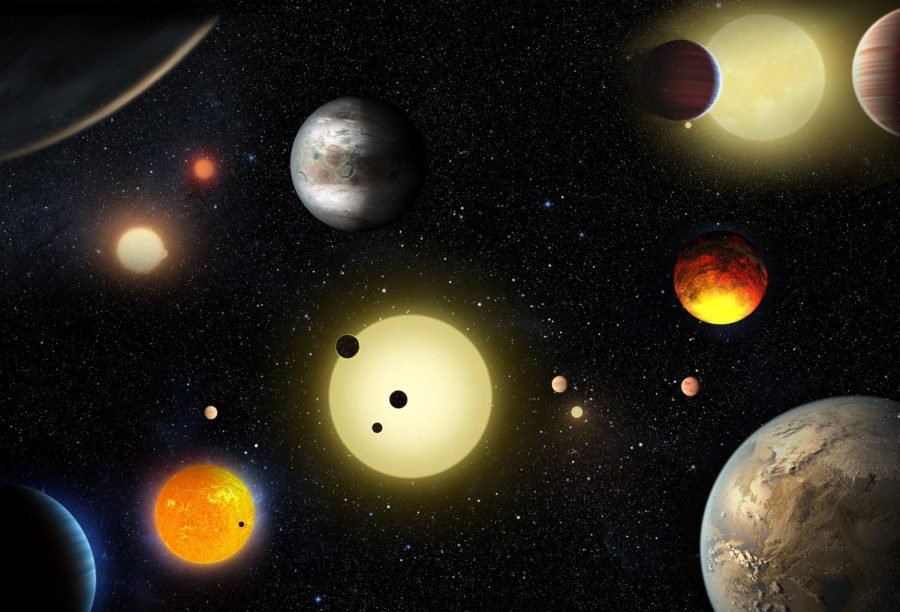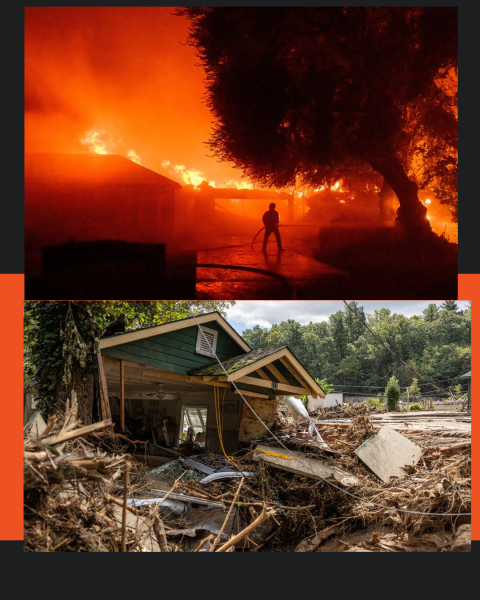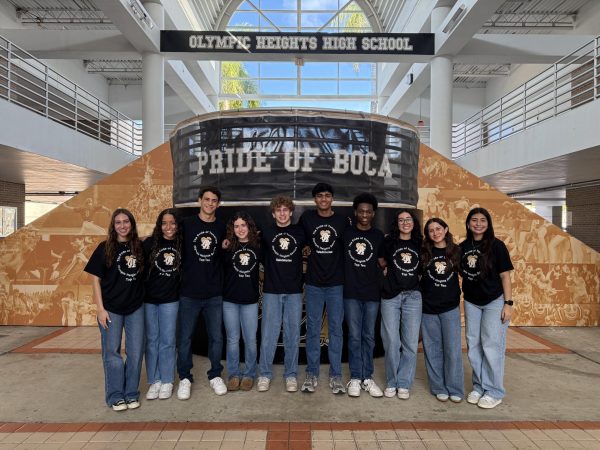Potentially Habitable Earth-Sized Exoplanets Discovered Beyond Solar System
A year after the discovery of the seven earth sized exoplanets outside of Earth’s solar system, astronomers have since revealed plenty of more details accompanying the discovery of these potentially habitable exoplanets. The Hubble Space Telescope picked up these TRAPPIST-1 planets, so named as they orbit the ultracool red dwarf star TRAPPIST-1.
So far, the research conducted has confirmed that all seven of the planets are rocky and not gaseous. As well, up to five percent of their mass is water, which is a surprising discovery as the oceans on planet Earth accounts for only .02 percent of the planet’s mass. There has also been unconfirmed data, suggesting that the planets potentially have atmospheres comparable to those of Venus and Earth, but further observations are needed.
Out of the TRAPPIST planets, TRAPPIST-1e is considered to be the most similar to Earth. While it is slightly denser than Earth, the information suggests it could have an iron core much like Earth does. Researchers are not completely sure why the planet is so dense, as it has no ocean, ice layer, or thick atmosphere. In comparison, TRAPPIST-1b has a rocky core and a thick atmosphere, and TRAPPIST-1c is also believed to have a rocky but a thin atmosphere.
According to Michaël Gillon, study author, astronomer at University of Liège in Belgium, and the discoverer of the planets, these planets seem to be the best candidates for potential inhabitability. In an email, Gillon states, “It is hard to not imagine some liquid water on the surface of at least some of these planets! And as liquid water is one of the keys to life on Earth, the prospect for life around Trappist-1 is higher than ever.”
This data is crucial to the study of space as the TRAPPIST system is a close opportunity and the best yet to search for life beyond our solar system. The term “close opportunity” might be an understatement, as the system exists 40 light years away. That is a seemingly short distance, but turns out to be a total of millions of years of searching to be able to reach these planets.
As they approach the near future, researchers want to confirm whether the planets currently have atmospheres. They also want to know whether their detection of these planets was pure luck, as they need to find more compact systems to believe they are frequent around ultracool dwarfs like TRAPPIST-1. “This is exactly what will be soon doing our project SPECULOOS, which will observe one by one the 1,000 nearest ultracool dwarfs to detect around them any transiting system similar to TRAPPIST-1,” Gillon said. SPECULOOS, the Search for habitable Planets EClipsing ULtra-cOOl Stars, is really four telescopes based in Chile to survey the southern sky for this purpose.









